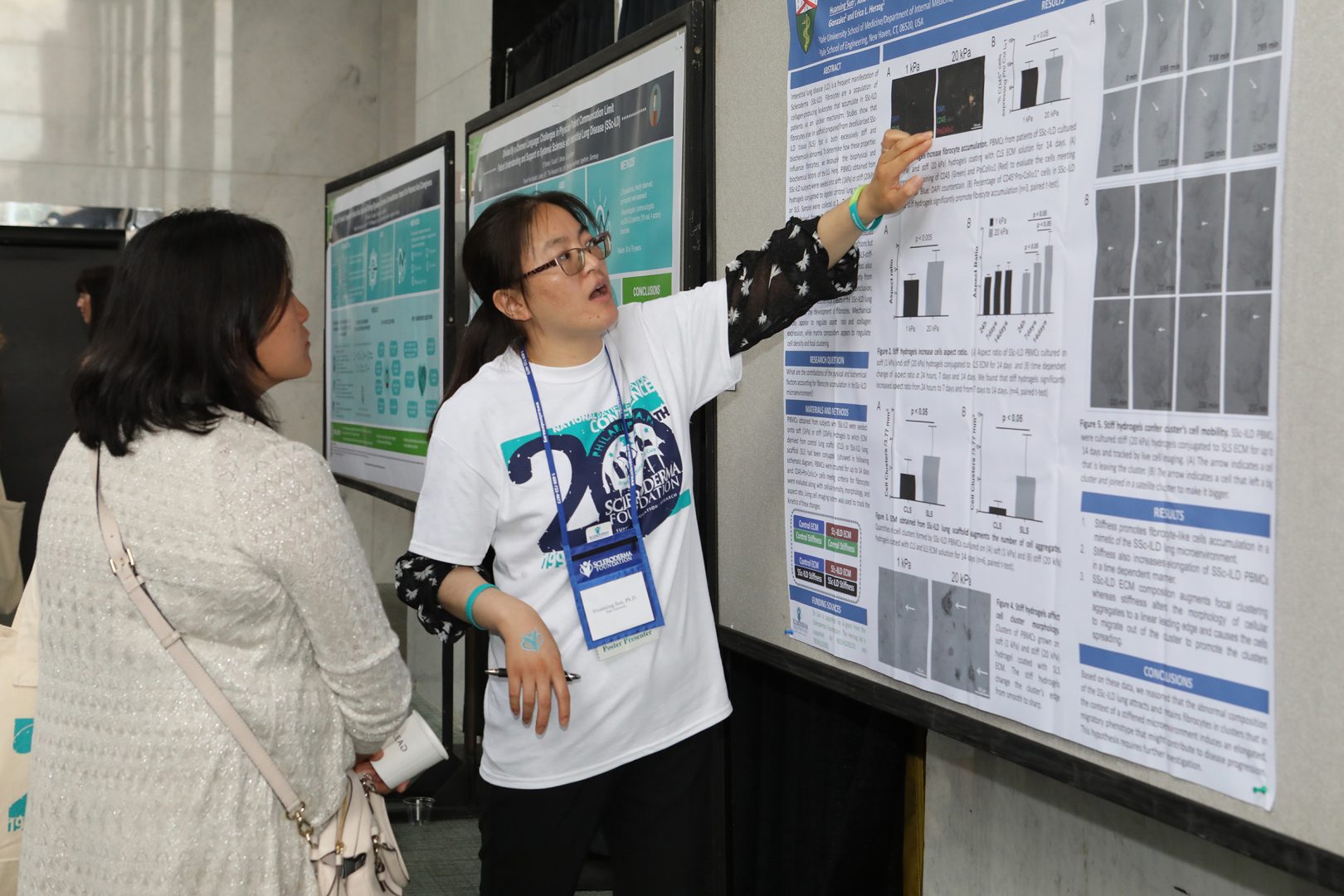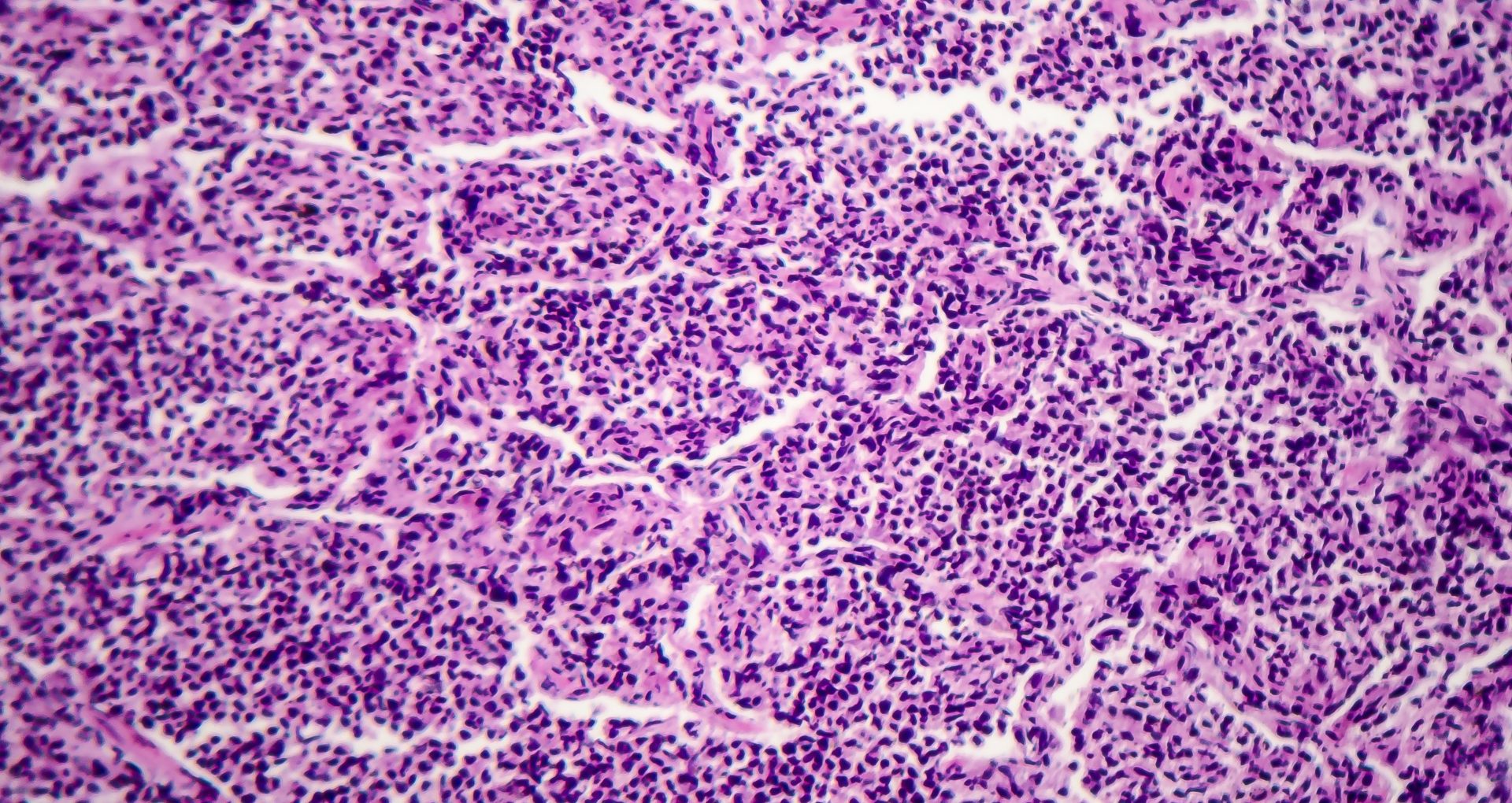
Build Your Team
Our national network of chapters provides support and education people affected by scleroderma in the communities where they live.

Trials and Treatments
Clinical trials are designed to test new approaches to providing medical care. Through clinical trials, researchers can potentially develop new ways to diagnose, prevent, detect, and treat diseases.

Pediatrics
After your child is diagnosed with localized scleroderma, he or she should be followed closely be a pediatric rheumatologist with the help of a pediatric dermatologist. The overall goal of treatment and management is to minimize the impact of the disease on your child’s current and future life, weighing the risks and benefits of medication.
Treating scleroderma is a team effort. In addition to the attention of a rheumatologist who specializes in scleroderma, you need the support of others traveling the same path. Connecting with your local chapter is one way to build your support team. Joining a support group, attending an educational program, rallying others to raise funds to advance the mission, all play a vital role in finding your best path. Of course, proper medical care is essential. The National Scleroderma Foundation’s Medical & Scientific Advisory Board established a set of criteria for instutions to meet in order to be qualified as a Designated Scleroderma Research & Treatement Center. A list of designated centers is located on “Find a Treatment Center.”


